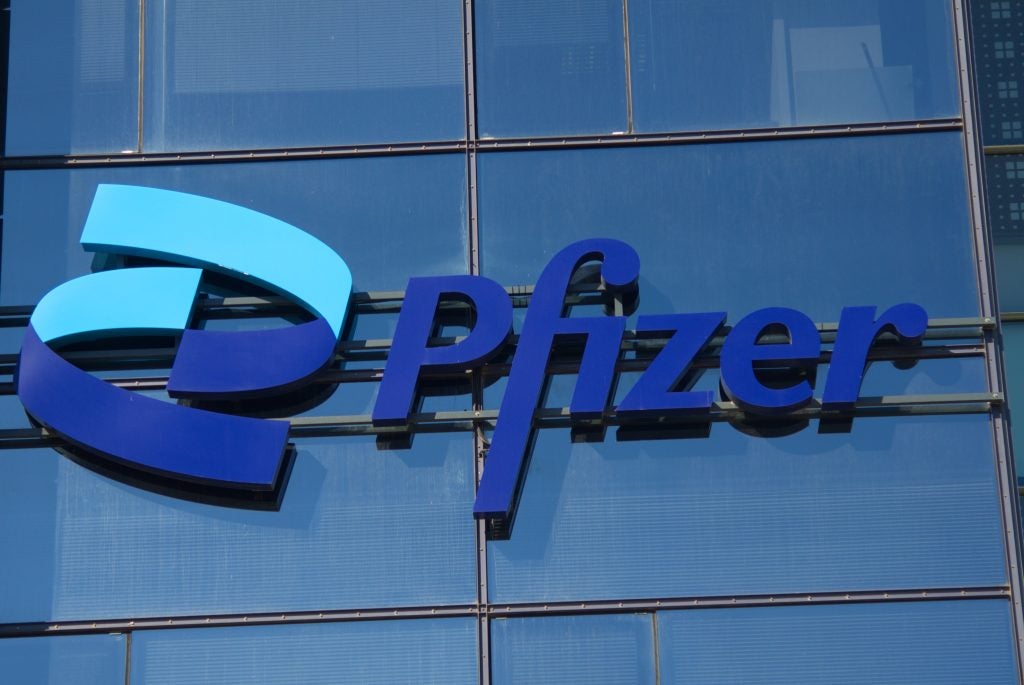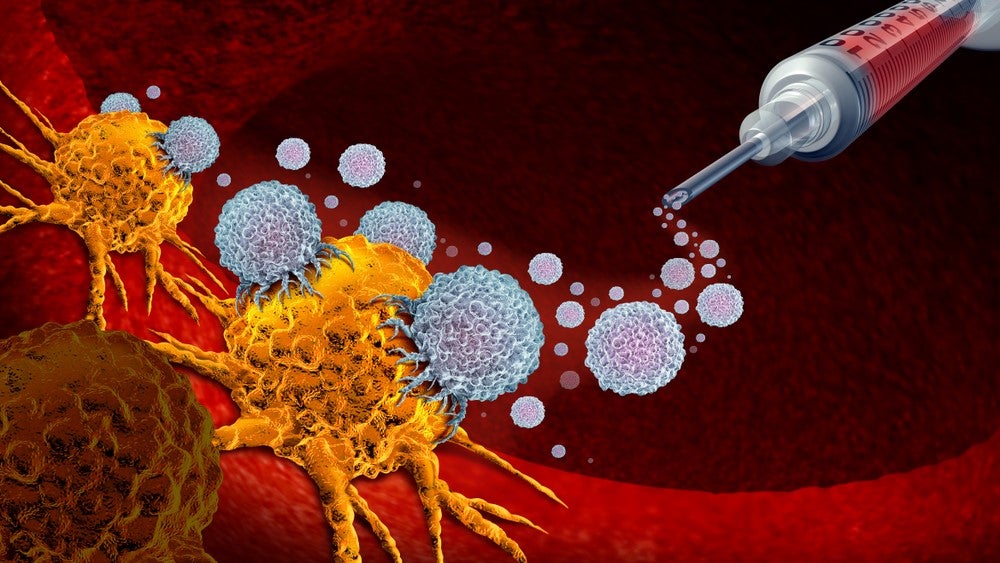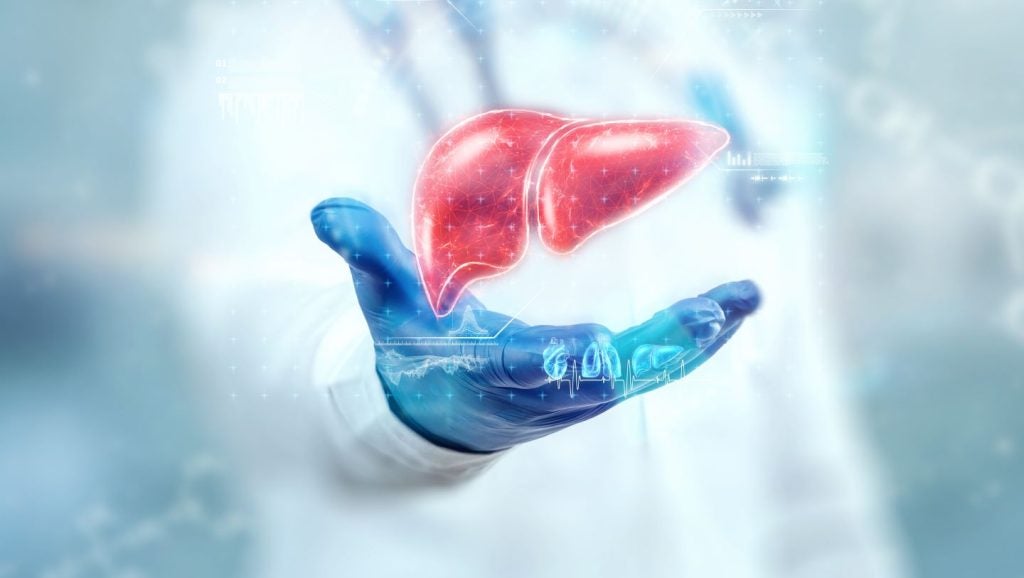There are several key companies that have dominated plaque psoriasis (PsO) sales for nearly 20 years, with the initial success of first-generation biologics, including the tumour necrosis factor (TNF) inhibitors and IL-12/23 inhibitor Stelara (ustekinumab), and the sustained momentum furnished by second-generation biologics such as the IL-17 inhibitors and p19-targeting IL-23 inhibitors. However, the market has become saturated with branded biologic therapies and the launches of several key biosimilars are expected to effectively block new entrants. As such, the late-stage PsO pipeline is seeing a wealth of new types of drugs from new players, with intense competition for patient share driving innovation.
Figure 1 summaries the early and late-stage pipeline drugs for PsO.

Figure 1: Overview of the PsO Pipeline
Source:GlobalData
Given the dominance of biologics in the last decade, the current PsO pipeline is surprisingly innovative, both in terms of new mechanisms of action as well as new companies entering the development space. More recently, there has also been an increased focus on the small molecule oral and topical therapeutics market. Over the next ten years, GlobalData forecasts that eight products in late-stage development will launch in the 7MM. Growth within these markets will be largely driven by the launches and uptake of three IL-17 inhibitors: UCB’s bimekizumab, Merck’s sonelokimab, and Affibody’s ABY-035; three small oral therapeutics, Bristol-Myers Squibb’s BMS-986195, Dr. Reddy’s tepilamide fumarate, and Can-Fite BioPharma’s piclidenoson; and two topical therapies, Arcutis’ roflumilast and Dermavant’s tapinarof.
How well do you really know your competitors?
Access the most comprehensive Company Profiles on the market, powered by GlobalData. Save hours of research. Gain competitive edge.

Thank you!
Your download email will arrive shortly
Not ready to buy yet? Download a free sample
We are confident about the unique quality of our Company Profiles. However, we want you to make the most beneficial decision for your business, so we offer a free sample that you can download by submitting the below form
By GlobalDataOf the three late-stage pipeline biologics, UCB’s dual IL-17A/F, bimekizumab, appears to be the most clinically and commercially promising, given the abundance of head-to-head data available comparing bimekizumab against industry leaders like Humira (adalimumab) and Stelara (ustekinumab).
Small molecules (both topical and oral) dominate the PsO pipeline, indicating a developmental shift away from injectable biologics. In addition, most of the currently available therapies target “moderate and severe disease,” leaving both the mildest and most severe PsO patients undertreated and paving the way for the new entrants to grow the market significantly. For example, BMS’ pivotal trials for deucravacitinib utilises the oral PDE4 inhibitor Otezla (apremilast) as an active comparator which indicates usage in the mild population but the primary endpoints for the study are the PASI75, a rigorous scale for a small molecule therapeutics. This indicates that BMS hopes that deucravacitinib will have the potential to treat the entire severity spectrum of PsO patients.
While a transition away from injectable biologics and towards oral/topical small molecules gives new players the opportunity to enter the PsO arena, KOLs and payers interviewed by GlobalData agree that strategic alliances and competitive drug pricing will be critical to ensure strong market uptake in the years to come.








Related Company Profiles
Merck & Co Inc
Bristol-Myers Squibb Co
Merck KGaA
UCB SA
Can-Fite BioPharma Ltd